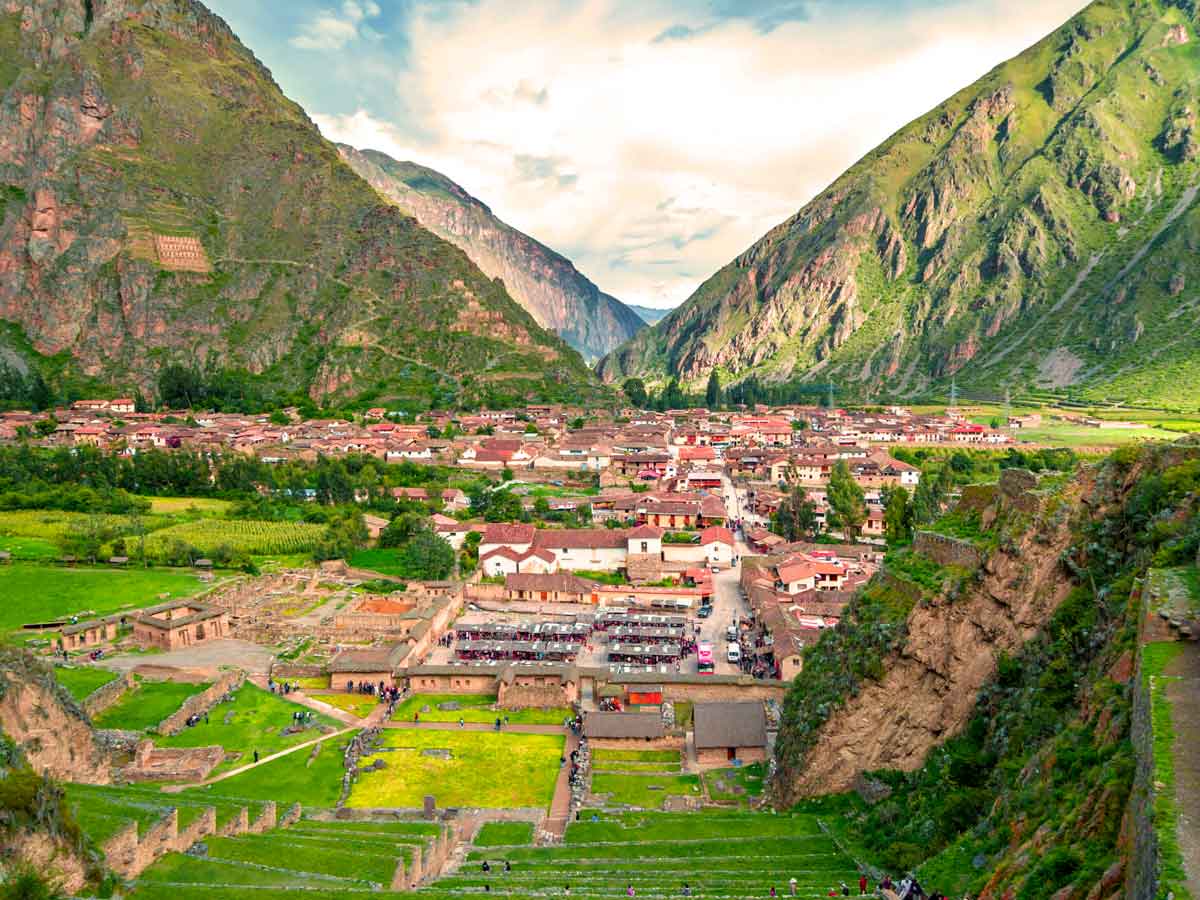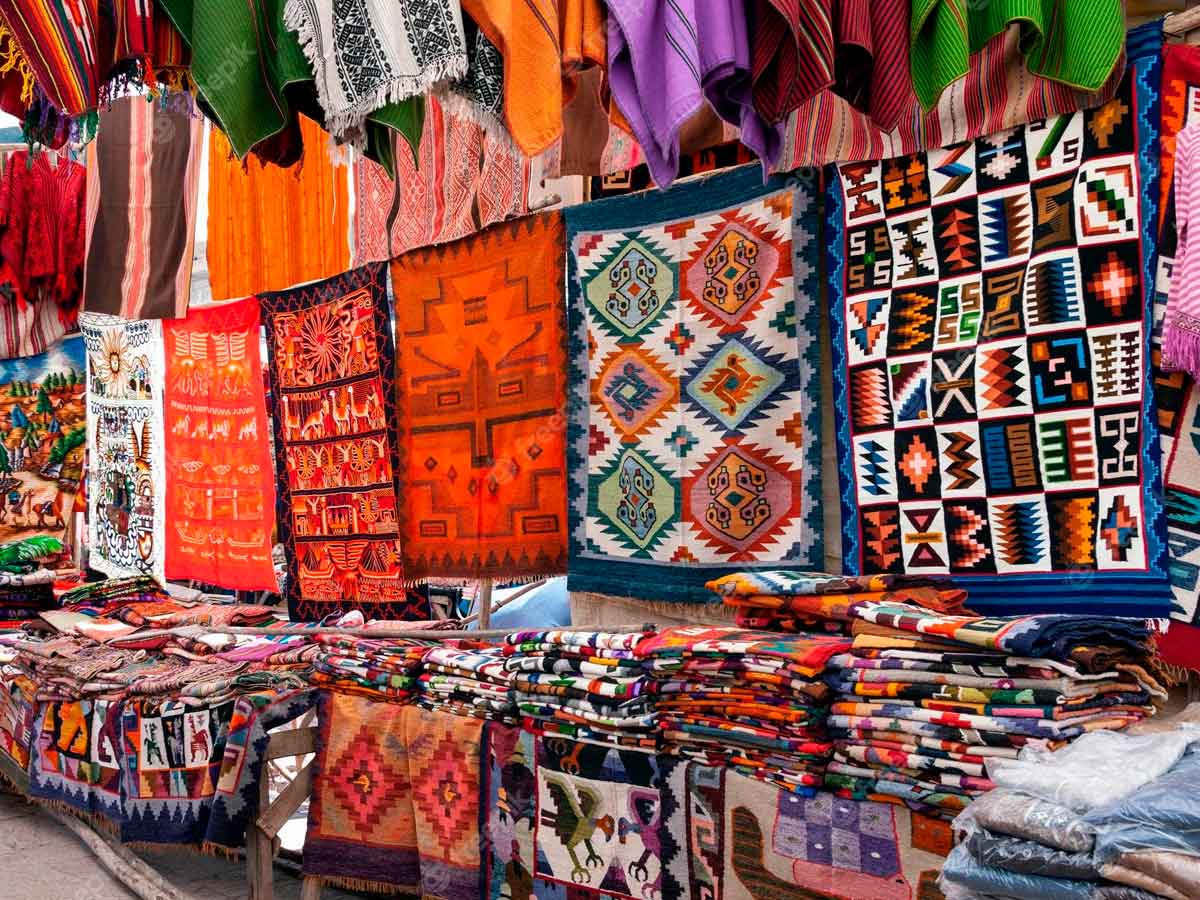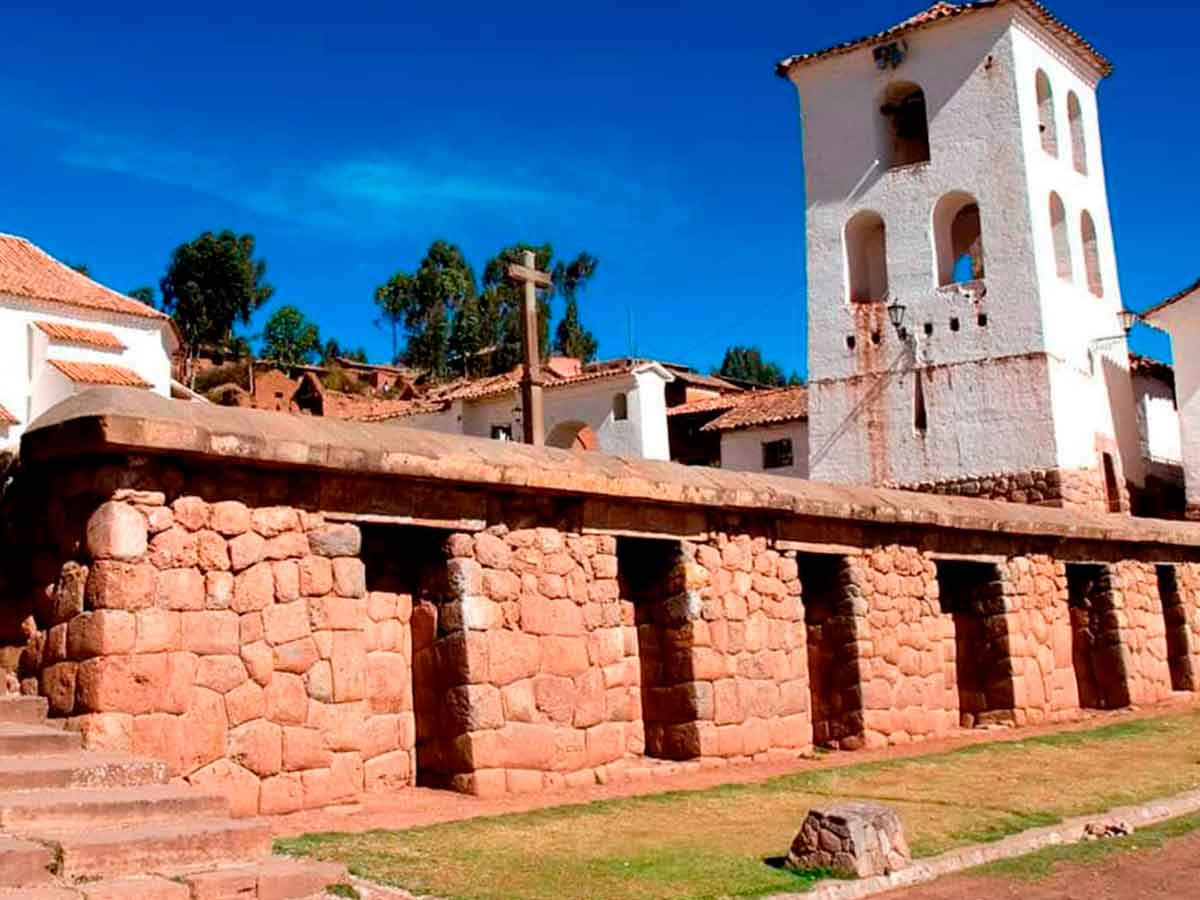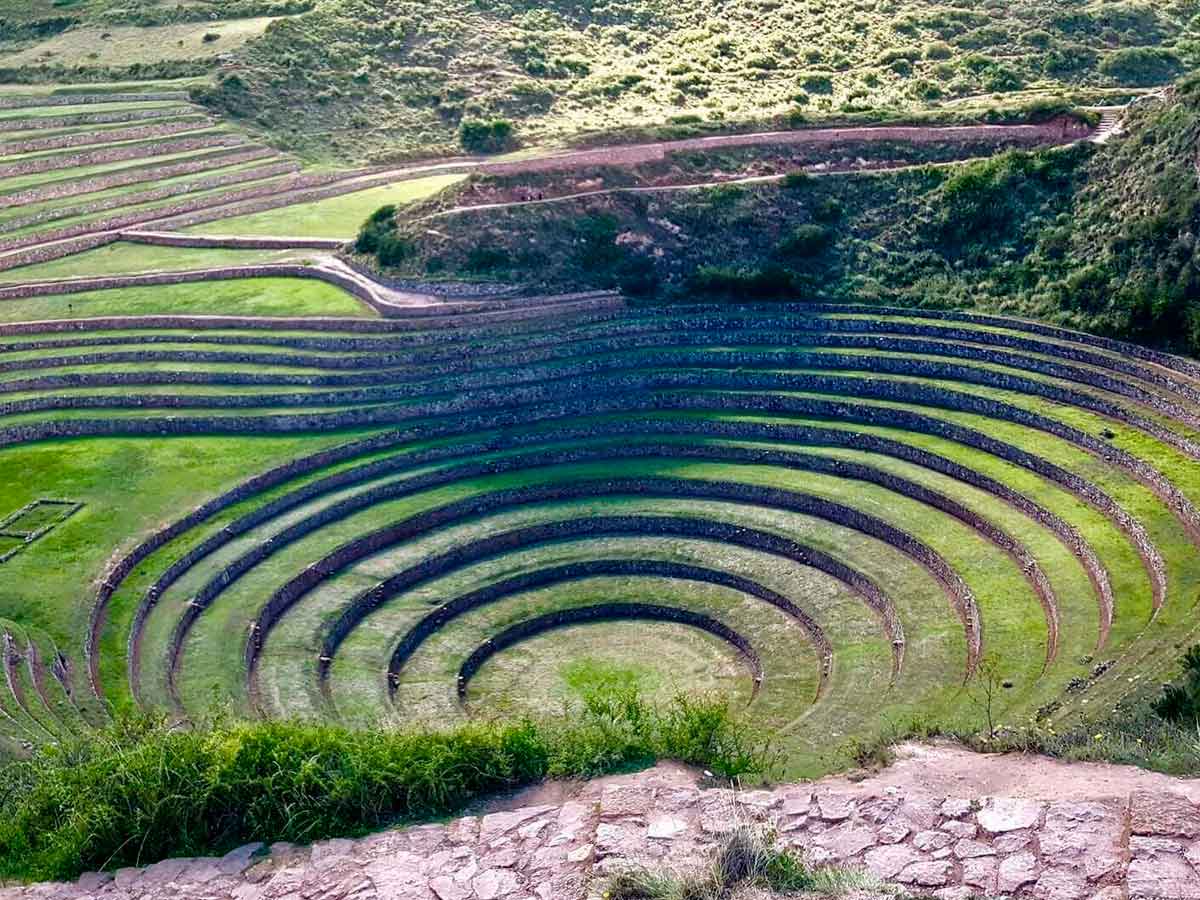
Nothing says "Cusco" quite like a sweater, shawl, poncho or scarf woven from the hair of the cute and cuddly alpaca.
Andean Cuisine: Where else in the world will you find roasted cuy (guinea pig) and alpaca steaks rubbing shoulders on fine dining menu?
Inca Architecture: How did the Inca construct stone walls so precisely using 15 century technology, how could they position a temple so it would be iluminated best at the exact moment of the solstice. The power of the history's secrets.
Layered Religion: Like that church's architecture take a closer look at the walls every Catholic church was built on the site, and often on the foundation of an Inca huaca, or sacred place.
Hoteles with History: Cusco's hosteries are brim with history. Many are former convents, monasteries, dwellings of sacred women, or palaces of Spanish conquerors.
Plaza de Armas: Flanked by the city's most impressive colonial churches and lying on hallowed Inca ceremonial group, Cusco's Plaza de Armas is the city's heart. You'll find ancient Inca walls holding up baroque colonial buildingn, inside of which some of the city's most comtemporary restaurants and shops lie inside.
North of the Plaza de Armas: Head away from the colonial center to the city's more modern section, through wich runs the traffic heavy Avenida el Sol. There's noise, pollution and roast chicken shops everywhere, yet even in the midst of this colonial and Inca gems are found here lies Cusco's star attraction, Qorikancha the Sun temple.
Side Trips-The South eastern Urubamba Valley: What really made the Inca civilization si successful?. Their appreciation of a good view Gorgeous Andean landscapes characterize almost every important Inca site in the area that surrounds Cusco.
Sacred Valley of the Incas: The Urubamba river crosses through a quiet valley between the towns of Pisaq and Ollantaytambo on the north of Cusco, which offers a good selection of hotels and restaurants, stunning views and a slower pace of life than the big city. The lower elevation and warmer temperatures are added bonuses. It is the principal route to Machu Picchu and Inca Trail.
A valley, one hundred kilometers in length, extends from Pisac Ruins and Pisac Town, located twenty kilometers from Cusco, to the citadel of Machu Picchu.
During the Inca era, this valley held significant importance as it served as a crucial region for constructing various checkpoints, presently known as ruins or archaeological sites, and the primary route from Cusco to Machu Picchu.
The area's suitability for agriculture can be attributed to its stable temperatures throughout the year, a consistent source of water from the Urubamba river, and two distinct seasons - wet and dry.

The Incas were skilled in plant cultivation, and the valley's agriculture terraces, which are aesthetically pleasing to us, continue to be utilized by the local populace for crop cultivation. While traversing the valley, one can observe the intricate agricultural practices of the Incas that have been passed down through generations.
When visiting the Sacred Valley Cusco, consider taking a guided tour to gain a deeper understanding of the history and culture of the region. The Sacred Valley is not only a place of historical significance but also a place of immense natural beauty that should be savored at a relaxed pace.
Pisac is a lovely town in the Sacred Valley Cusco Peru, and it is knowns for both its Inca ruins and its vibrant artisan market. Here is a breakdown of what to explore in Pisac:
Pisac town was established by the Spanish Conquistador and Viceroy Toledo, and was built upon an original Inca settlement. Situated in close proximity to Cusco, Pisac boasts the most prominent market in the region. The market is replete with local produce and a diverse range of locally crafted arts and crafts, rendering it an ideal destination for shopping and other engaging activities in the Sacred Valley.
The ruins, located a mere 20-minute drive from the town, are of exceptional quality and merit a visit. The complex comprises military, agricultural, and religious edifices, all of which are dispersed throughout the site. It is recommended to explore the "Royal Sector" of the site and capture numerous photographs.
Ollantaytambo is a charming and picturesque town situated on the far side of the Sacred Valley in close proximity to Cusco. Its delightful cobbled streets and quaint cafes render it a highly sought-after destination among tourists seeking to explore the Sacred Valley region.
The town stands as a remarkable exemplar of Inca town planning, and visitors are encouraged to visit the Hearts Café for a delightful coffee and snack before proceeding to the Chocolate Museum.
The Inca ruins located in Ollantaytambo are truly magnificent and boast some of the finest stonework outside of Machu Picchu. Originally serving as a royal residence for Emperor Pachacuti, the temple and fortress are of exceptional quality and should be included on any itinerary of places to visit in the valley.
Pisac, situated one hour northeast of the former Inca stronghold of Cusco, is the nearest town. This quaint, conventional Peruvian town is renowned for its craft market, which attracts both local residents from the valley and tourists.

Unless one is traveling deep into the countryside, the most optimal and convenient approach to observing Peruvian alpacas and llamas is by visiting Awanakancha. Awanakancha is a delightful camelid farm that is exclusively devoted to the animals and textiles derived from their wool.
At this location, one can encounter alpacas, llamas, vicunas, and guanacos. There are numerous open enclosures and an abundance of grass stalks available for visitors to feed the animals.
While exploring Awanakancha, it is highly recommended to explore the onsite exhibits as well. These exhibits showcase the process of wool harvesting, refinement, and natural dyeing before being woven into fabrics. Additionally, native women often demonstrate traditional weaving techniques utilizing ancient looms.
Chinchero, a quintessential Andean village, boasts of adobe brick houses and scattered Inca archaeological sites, making it a picturesque destination for photography enthusiasts. However, the most alluring attraction in this region of the Sacred Valley is the local market of Chinchero.
This traditional market is held thrice a week, on Tuesdays, Thursdays, and Sundays, with the latter being the most significant event. It caters primarily to the local populace, who frequent the market to procure fresh fruits and locally-made textiles.

The prices at this market are the most economical in the region, although touristy souvenirs such as stuffed Alpaca toys may be more affordable in Cusco.
Maras Salt Mines, also known as Salineras de Maras, are a remarkable natural and cultural attraction located in the Sacred Valley Day Trip from Cusco, near the town of Maras. These salt mines have been in operation since pre-Inca times and continue to produce salt to this day, making them one of the oldest continuously operating salt mines in the world.
A visit to the Maras Salt Mines offers a glimpse into both the history of salt production in the region and the enduring traditions of the local community. It's a remarkable example of how ancient practices can continue to thrive in the modern world.
Moray is an archaeological site located in the Sacred Valley of Peru, not far from the town of Maras and about 50 kilometers (31 miles) northwest of Cusco. It is known for its unique and mysterious circular terraces that were constructed by the Inca civilization.

Visiting Moray offers a fascinating glimpse into the agricultural and engineering prowess of the Inca civilization and provides an opportunity to appreciate the unique beauty of the terraced structures. It's a must-visit for travelers interested in Inca history and ancient agricultural techniques.
